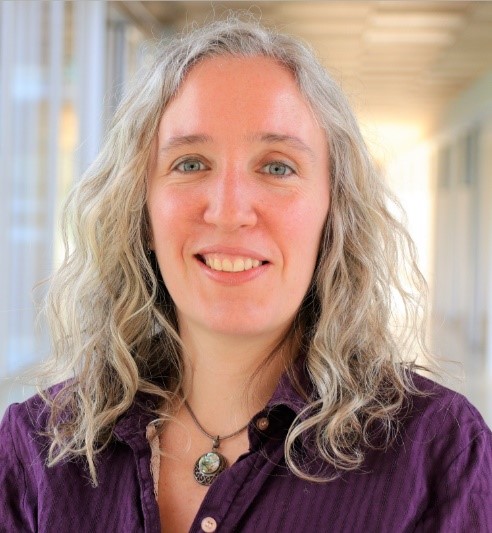
The new Forum for Sectoral Dialogue for Ocean Energy consists of the former ETIP Ocean Steering Committee, the SET Plan Implementation Working Group for Ocean Energy and other national and regional public authorities active in the sector.
As such, it brings together the leading ocean energy companies, research organisations and public authorities who are driven to accelerate the sector’s development.
The objective of the Forum is to drive the scale-up of ocean energy through transnational exchanges on key challenges.



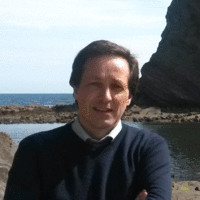
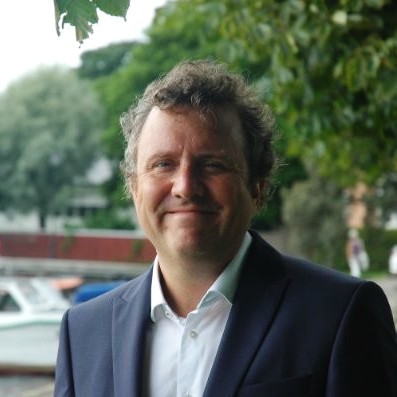
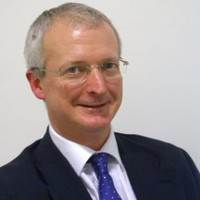
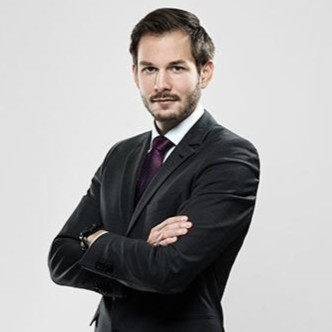
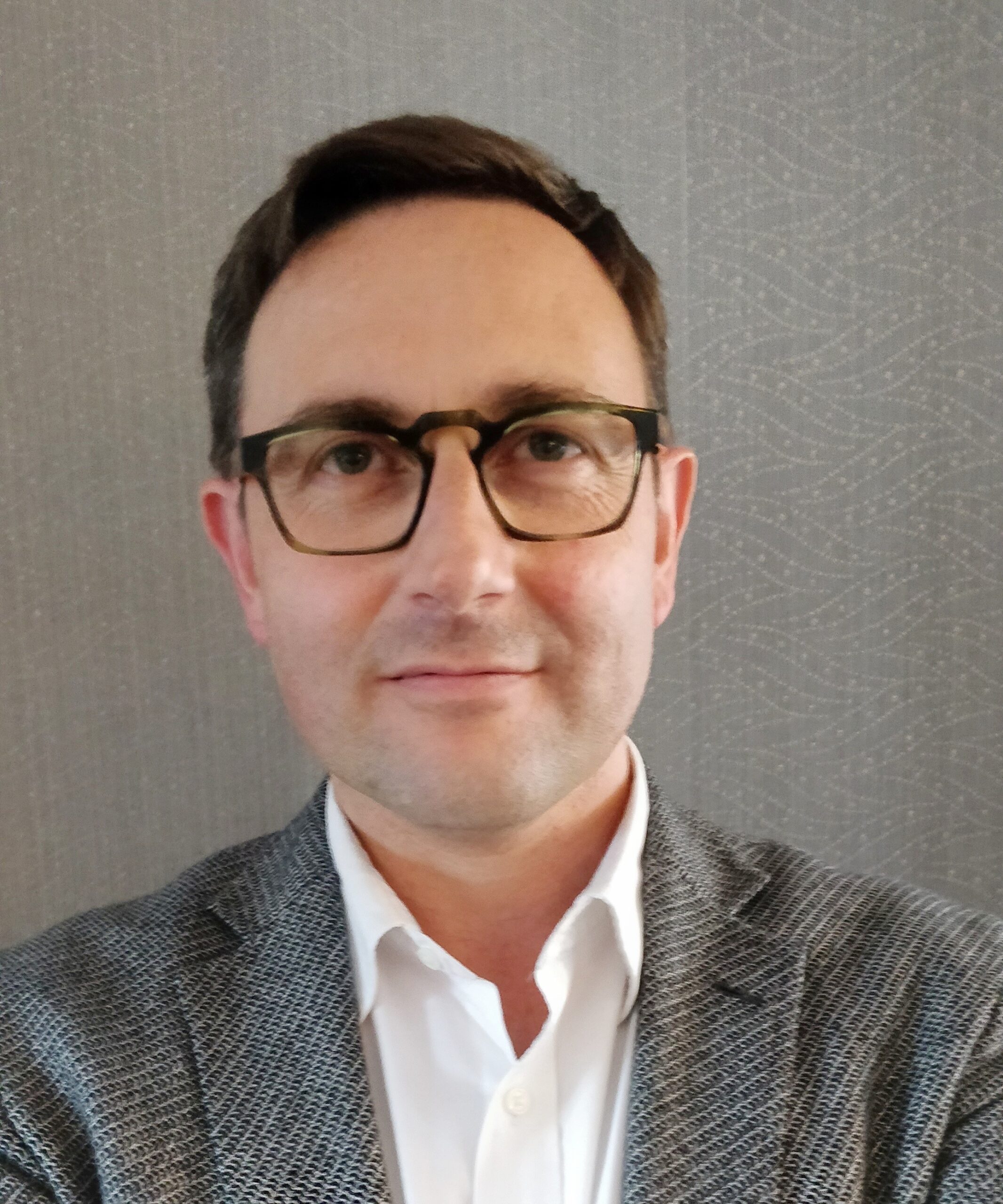
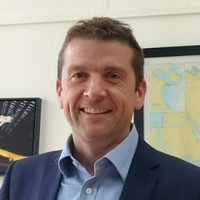
Oceans have huge potential as sources of renewable energy. Several technologies are under development to harness that energy to power human activity. Currently the most promising technologies with the largest resource in Europe are tidal stream and wave energy.
Tidal currents are caused by the gravitational forces of the sun and the moon. A tidal stream moving fast enough for energy generation occurs at locations where water has to pass through a confined area such as islands or inlets. The tide comes in and out approximately twice a day.
Tidal stream devices generate electricity by turning the kinetic energy caused by the tidal stream into electricity, usually by the turning of blades around a central axis in a tidal turbine.
Since tidal stream energy production is not influenced by weather conditions but only by well-known cycles of the moon, sun and earth, it is predictable hundreds of years in advance.
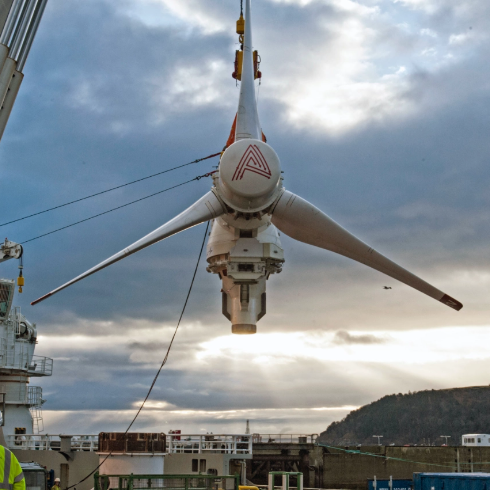
A horizontal axis tidal stream turbine generates electricity from the rotation of the blades around a horizontal axis when driven by the tidal stream water flow. They can be seabed mounted or floating. Most tidal stream generation has converged to this type of generator.
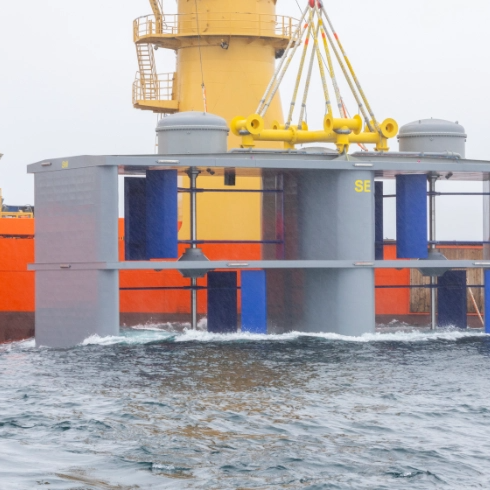
A vertical axis tidal stream turbine generates electricity from the rotation of the blades around a vertical axis when driven by the tidal stream water flow.
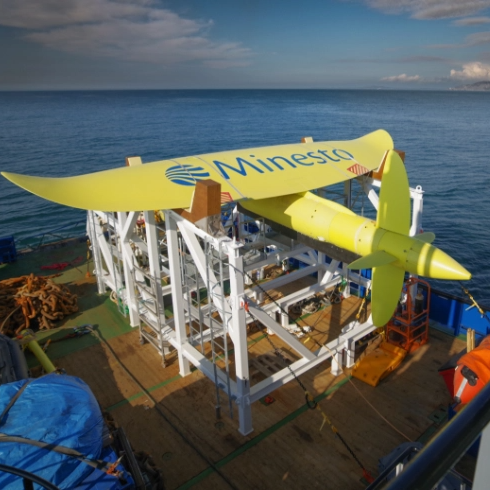
A tidal kite is attached to the seabed with a turbine attached below its ‘wing’, and ‘flies’ under water, catching the tidal stream with the main blade and turning a small horizontal axis turbine to generate electricity. Tidal kites can extract more energy from slower flows.
Waves are caused by the movement of the wind on the surface of the ocean. Wave energy is generated by converting the kinetic energy in the movement of the waves into electricity. This is done in many ways and there are multiple forms of wave energy converters. Wave energy may converge to several different designs, each tailored to extract energy most efficiently from different local conditions.
Wave energy can provide utility scale power production. It also has applications for remote islands replacing expensive and polluting diesel-powered production. Furthermore, wave energy can power offshore industries such as fish farms, and oil & gas platforms.
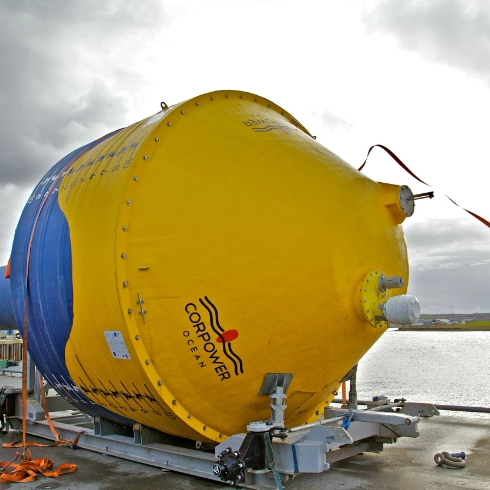
The point absorber is a floating structure that absorbs energy through the movement of the waves at the water’s surface
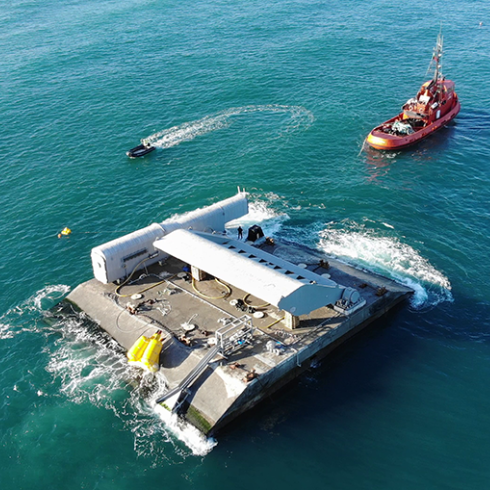
The oscillating wave surge converter is usually mounted on the seabed in shallower water, and harnesses energy through an oscillating flap.
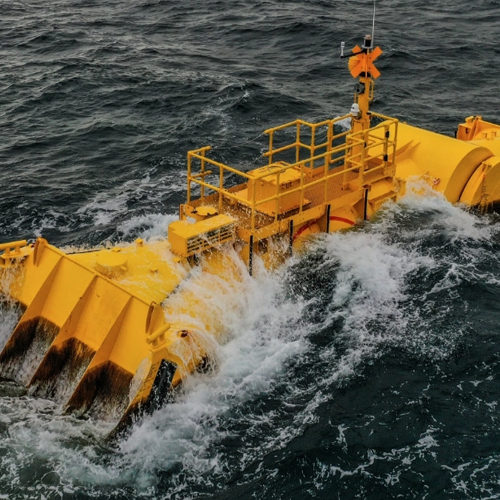
The hinged attenuator floats on the water surface. It generates electricity based on the movement of the structure segments relative to one another due to the movement of the waves.

The oscillating water column is a partially submerged, hollow structure open to the sea water below the surface, trapping air above the water. The air is channelled through an air turbine.
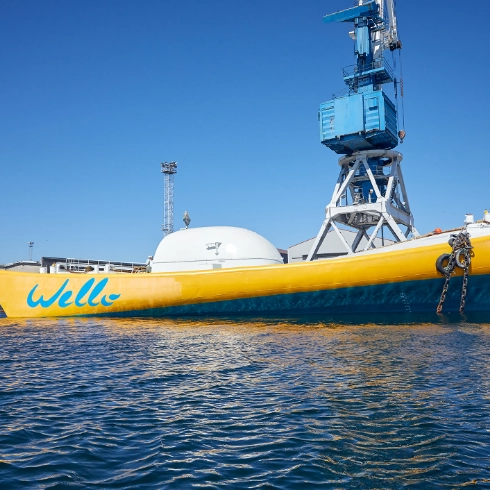
The rotating mass is a floating, unbalanced device. The movement due to the waves causes the unbalanced weight inside to move and generate electricity.
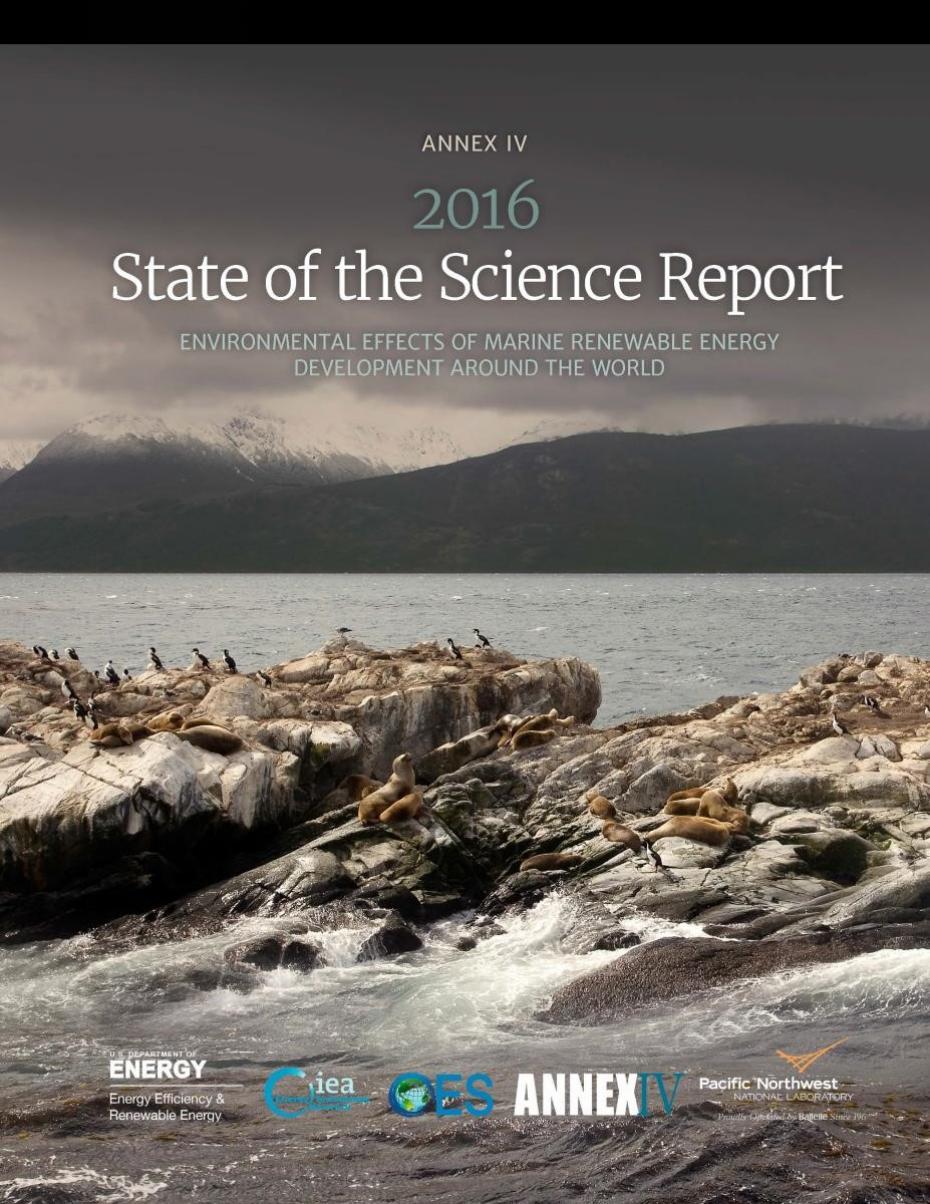 Environment
Environment

 Environment
Environment
Keep up to date with our latest news and events by subscribing to our wavy mailing list.
